Aegean breezes whisper secrets of a bygone era, carrying scents of olive groves and the rhythmic clatter of waves on sun-bleached shores. Greece, a land etched in mythology and bathed in golden light, beckons with more than just its storied past, but with a symphony of flavors as well. Here, food transcends sustenance; it is an art form, woven from the bounty of the Mediterranean and steeped in ancient tradition.
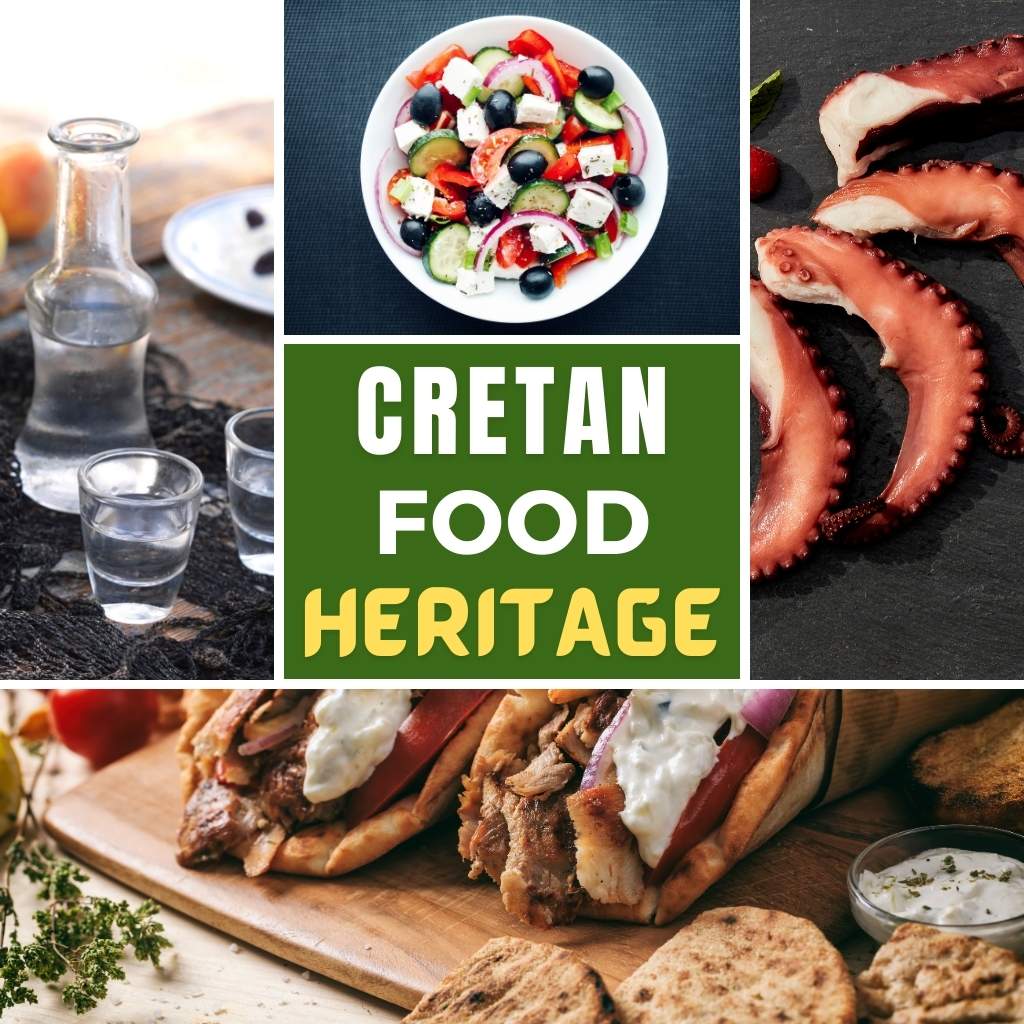
The Revered Olive: A Legacy Etched in Oil
Take a trip beyond the postcard-perfect Chania to experience true Greek cuisine. You’ll find a familiar symbol – the olive tree. Its gnarled branches stand sentinel over the Greek landscape as a testament to time’s relentless march. It is these trees that provide the Greeks with their liquid gold – olive oil.
In Greece, olive oil is more than just a pantry staple; it’s an integral part of the culture. Its history dates back millennia, whispering tales of Minoan feasts and Olympians. There is a palpable reverence for this golden elixir. As you stroll through a bustling marketplace, you’ll see vendors proudly displaying their wares – bottles gleaming with sunshine and nutrition.
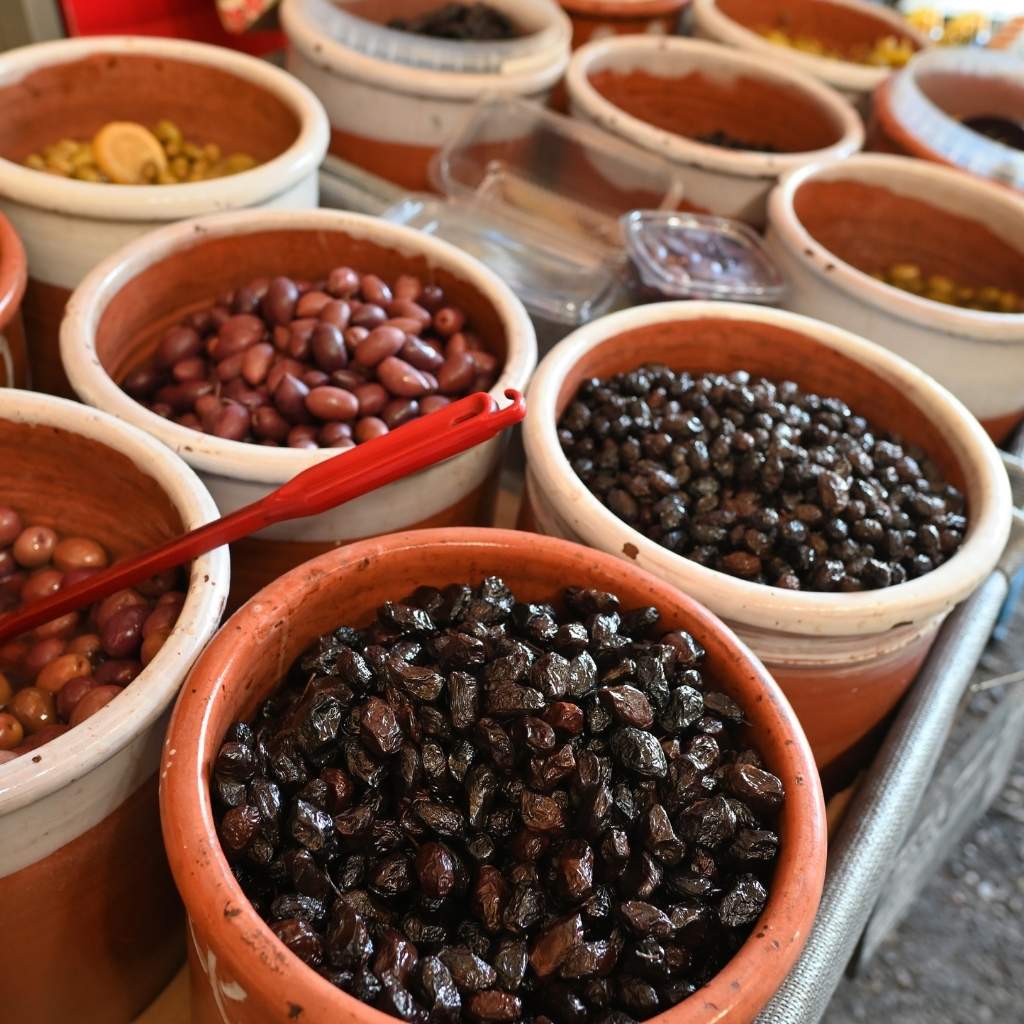
Crete: A Fusion of History and Food
Crete, the largest Greek island, has a rich history and a vibrant culture, which are beautifully reflected in its cuisine. Cretan food goes far beyond what you may expect from Greek cuisine. This symphony of fresh, seasonal ingredients, traditional techniques, and unique flavors will tantalize your taste buds.
An avid foodie, I recently visited Zaros, a tranquil mountain village, and Chania, a vibrant coastal town, both located on the island of Crete. Food played an integral role in both places, offering a window into the culture and traditions of the place.
Popular Tours in Crete
I highly recommend you add these 15 Cretan dishes to your culinary adventure if you are visiting Crete. During your stay in Crete, you won’t want to miss a guided food tour to experience what local food preparation is like.
[1] Dakos
The quintessential Cretan salad features crunchy rusks (dakos) soaked in tomato juice, crumbled feta cheese, chopped tomatoes, olives, and olive oil. Despite its simplicity, this dish is bursting with flavor, making it the ideal light lunch or starter for any occasion.
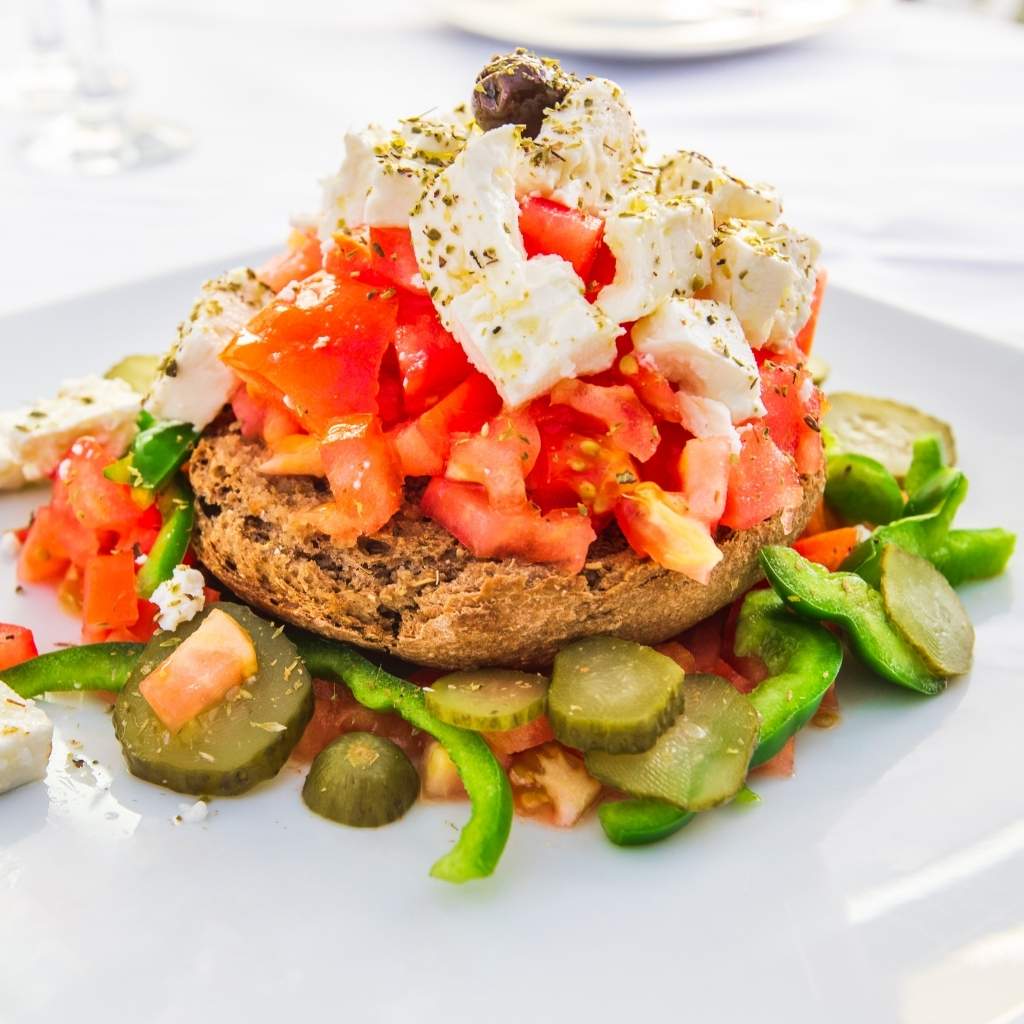
[2] Gamopilafo
Gamopilafo is a traditional Cretan dish served during weddings and other special occasions. A tender piece of lamb or goat is slow-cooked with rice, vegetables, and large amounts of staka butter, which is made from sheep or goat milk. The name “gamopilafo” translates to “wedding rice,” reflecting its celebratory significance.
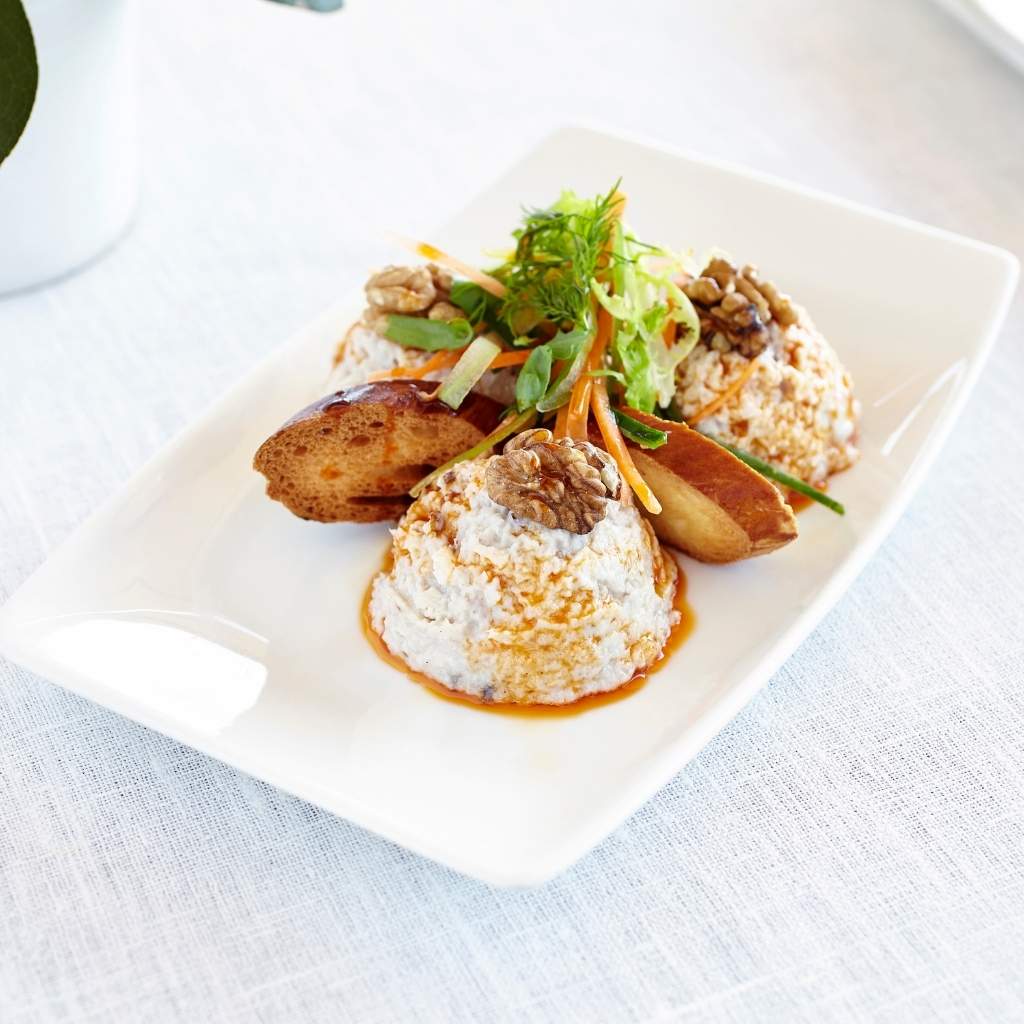
[3] Sfakiani Pie
This savory pie originated in the Sfakia region of Crete and is renowned for its unique filling. The Sfakiani pie is made of thin dough filled with local cheese, typically mizithra, and sometimes honey. In a flaky filo pastry crust, courgettes (zucchini), cheese (usually mizithra, a whey cheese), and fresh herbs are encased in finely chopped courgettes (zucchini). The pie is fried lightly until golden brown and crispy on the outside, with a warm, ooey cheese center.
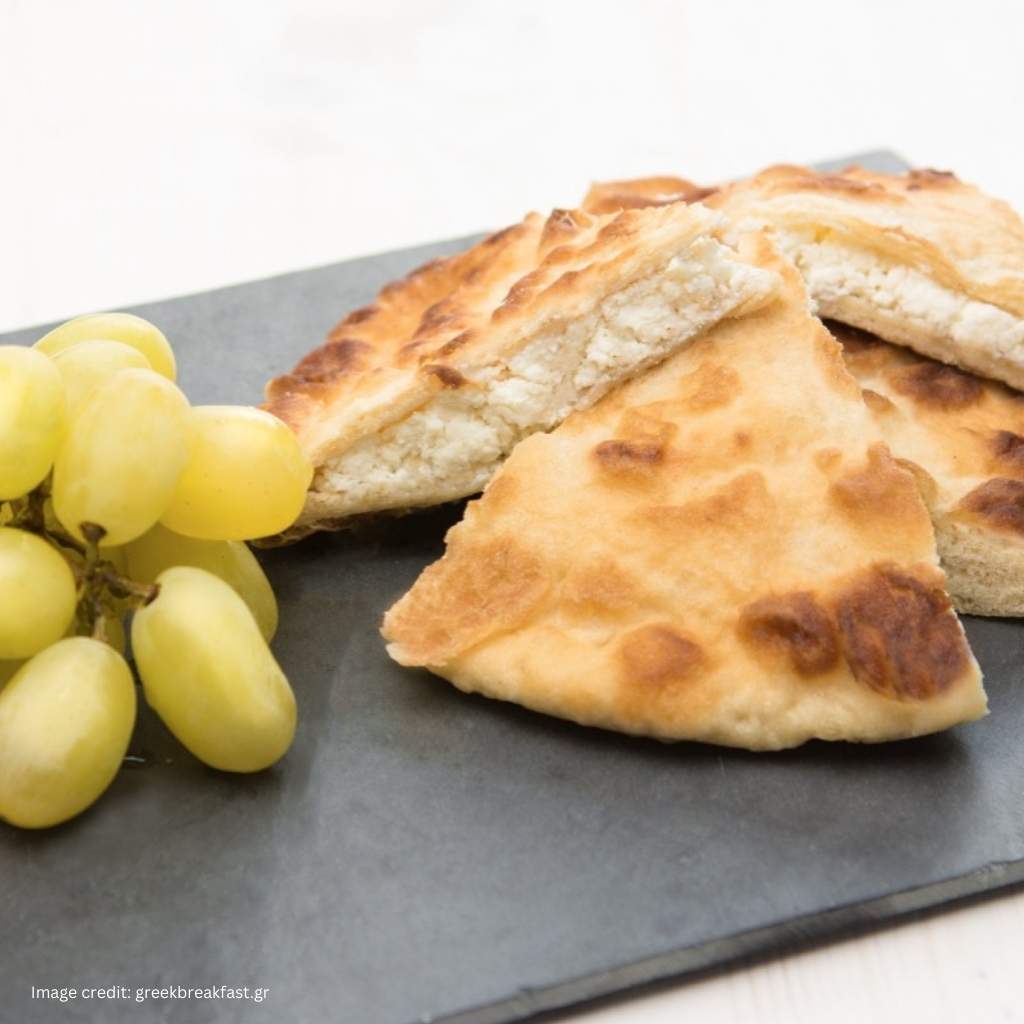
[4] Apaki
Apaki is a traditional Cretan smoked meat delicacy, made typically of pork. The meat is marinated in vinegar and a blend of local herbs and spices, such as oregano and thyme, which infuse it with robust flavors. The marinated pork is smoked over aromatic wood, giving it a distinctive, savory taste. Apaki is often enjoyed as part of a meze platter.
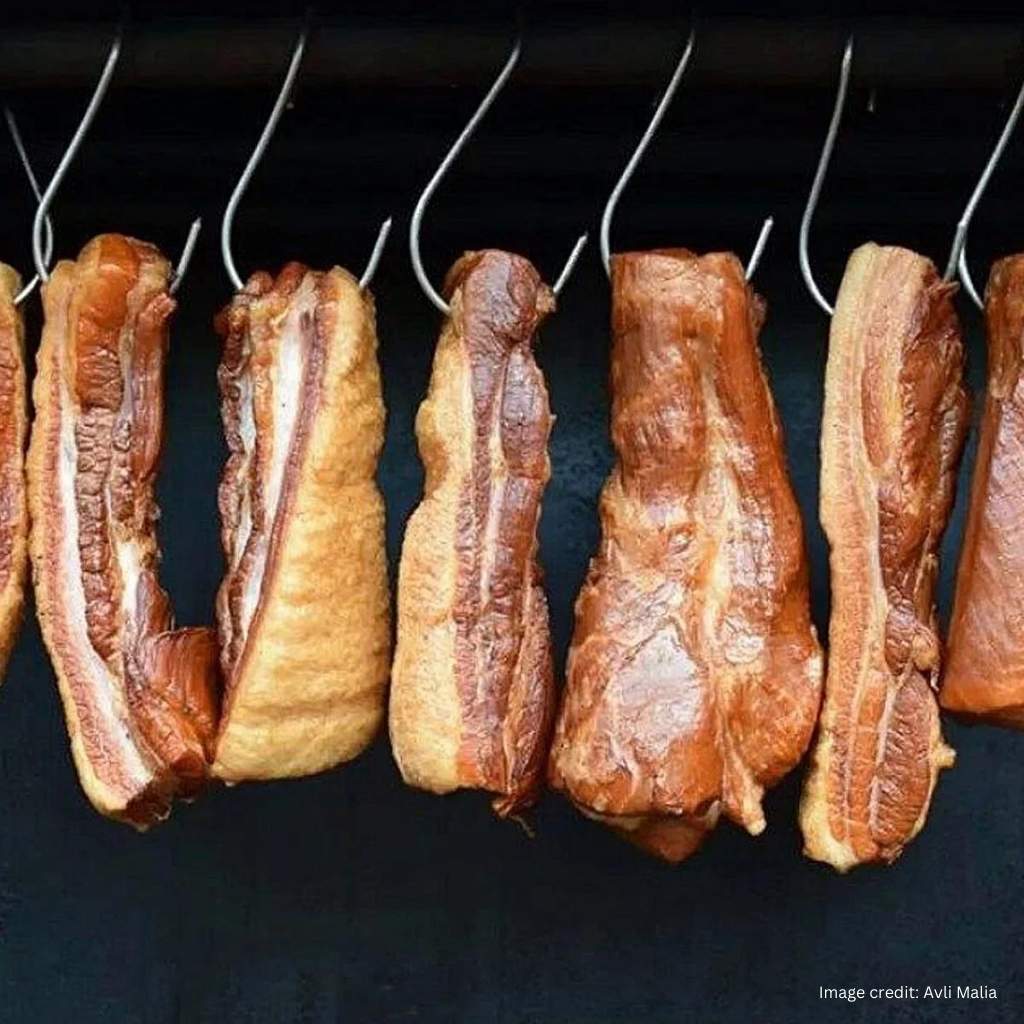
[5] Kalitsounia
Kalitsounia are traditional Cretan pastries, often served sweet or savory. These small pies are usually filled with a mixture of fresh cheeses, such as mizithra or ricotta, and are flavored with herbs like mint for a savory version or with honey and cinnamon for a sweet version. A thin and flaky dough surrounds a rich filling.

[6] Staka and Stakovoutyro
There’s no denying that this dynamic duo is a Cretan specialty not to be missed. Staka is a type of clarified butter made from sheep or goat milk, with a nutty flavor and a rich texture. Stakovoutyro is leftover milk solids, perfect for grating over pasta or mixing into sauces.
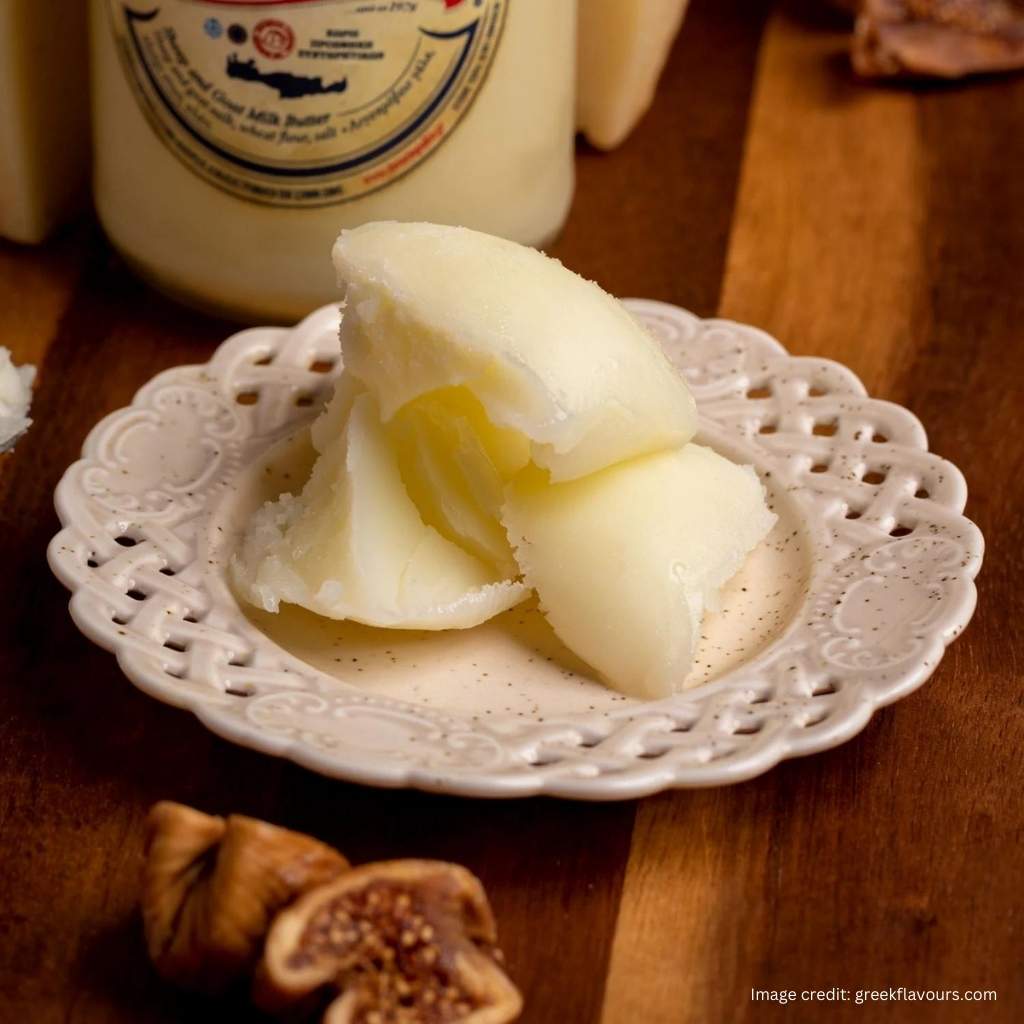
[7] Dolmades
Dolmades are found throughout Greece, but Cretan dolmades offer a unique twist. This dish is prepared by stuffing grape leaves with a flavorful mixture of rice, herbs, and ground meat, then simmering it in a fragrant broth. Once filled, grape leaves are rolled into bundles and simmered until tender. Served warm or cold, they are often part of meze platters and are cherished for their aroma and tangy taste.
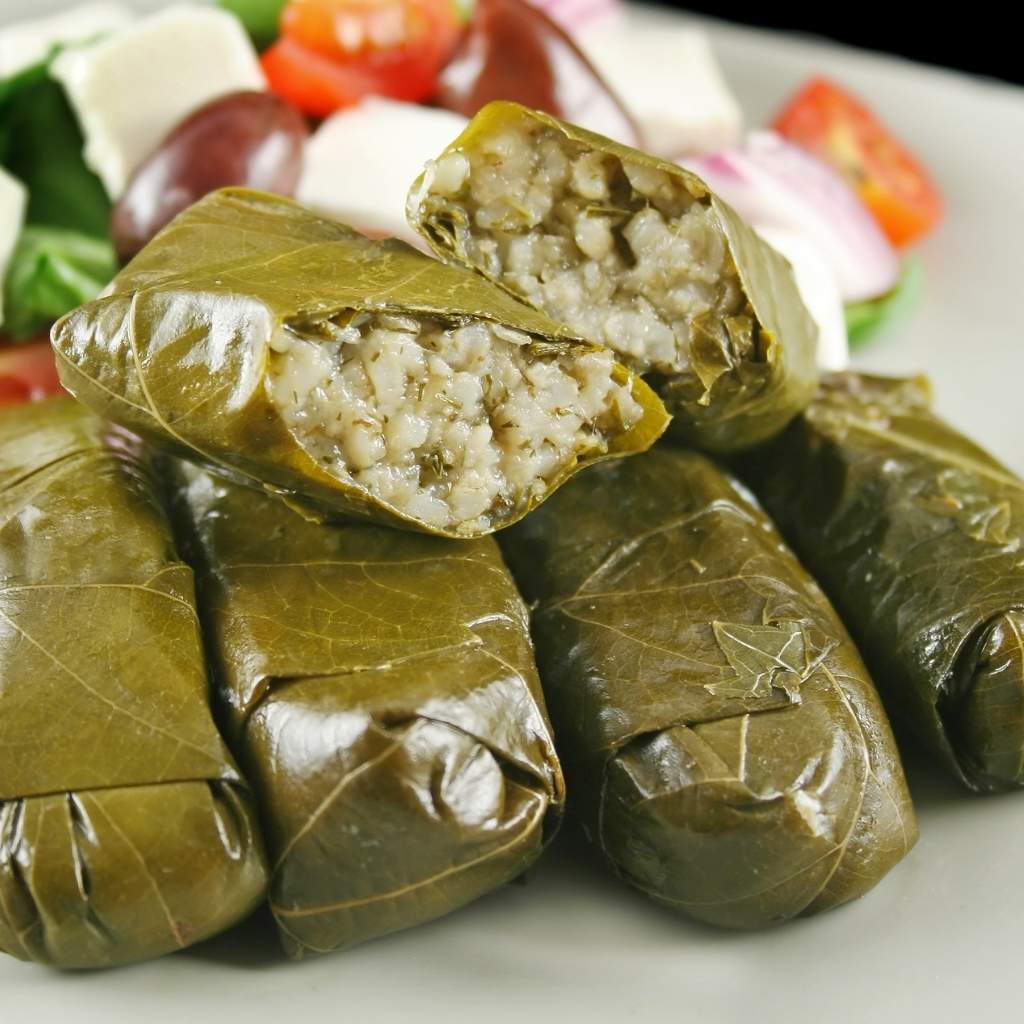
[8] Gemista
The name of this dish translates to “stuffed.” Gemista is a traditional Cretan dish stuffed with vegetables like tomatoes, bell peppers, and zucchini, along with rice, herbs, and sometimes ground meat. Fillings typically include onions, garlic, parsley, mint, and pine nuts, which are seasoned with tomato sauce and olive oil. They are baked until tender and flavorful, allowing the ingredients to blend. A gemista is usually served as a main course, whether hot or at room temperature.
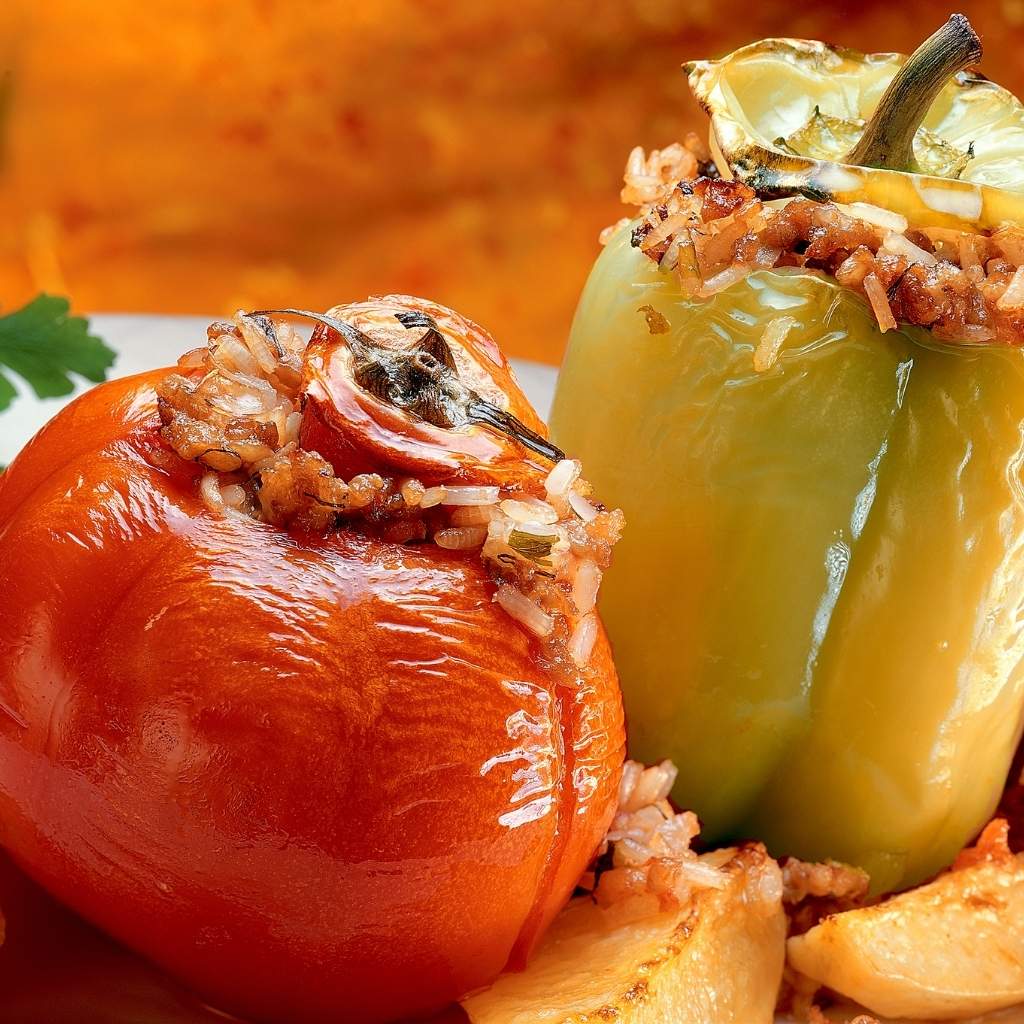
[9] Saganaki
A popular Cretan appetizer, saganaki is made by frying cheese until it becomes golden and crispy. The cheese used is typically a firm variety such as kefalotyri, graviera, or halloumi. After frying, it’s flambéed with ouzo or brandy and served hot with lemon juice. Saganaki is loved for its crispy outside and gooey, melted inside.
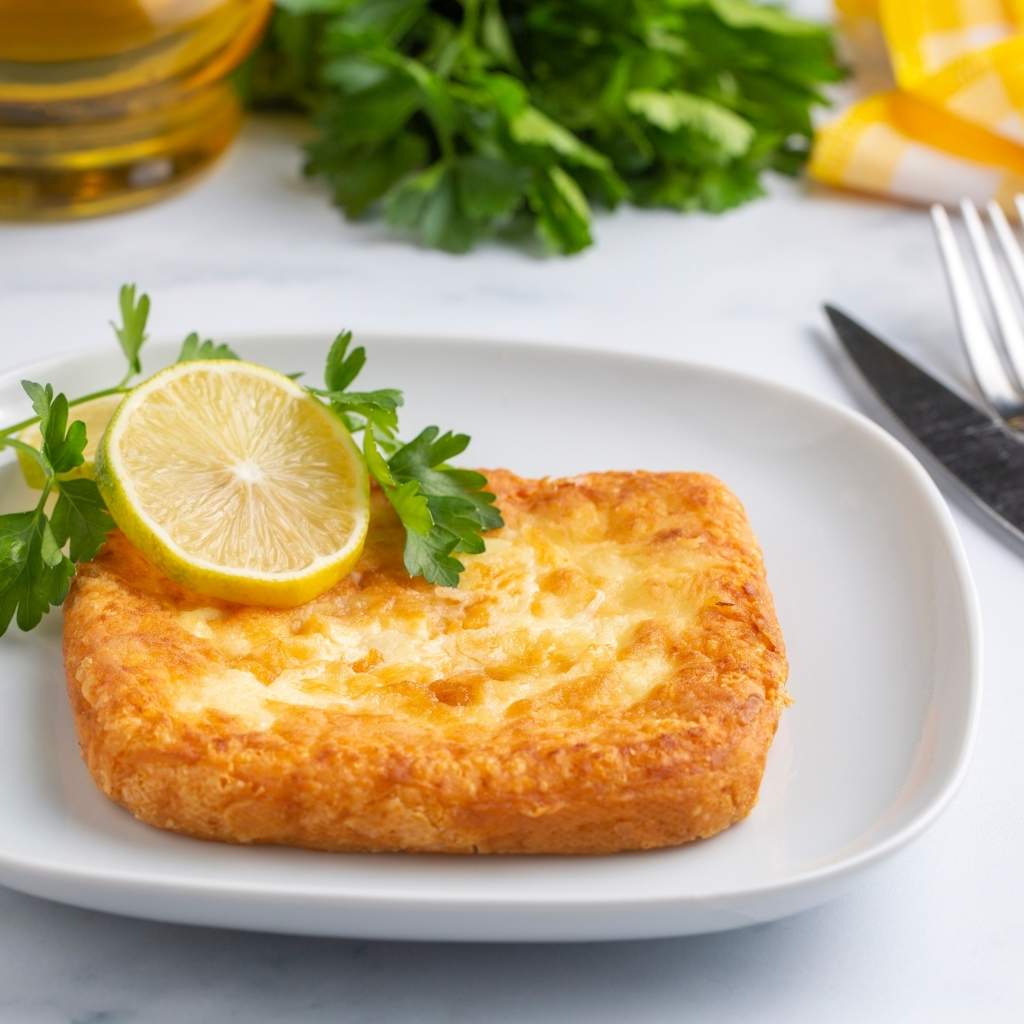
[10] Chochlioi Boubouristi
Chochlioi Boubouristi is a traditional Cretan dish that consists of fried snails. After thoroughly cleaning the snails, they are marinated in vinegar, oil, and herbs such as oregano and thyme. Once marinated, they are coated in flour or breadcrumbs and fried until golden and crispy. The dish is typically served as an appetizer or meze.
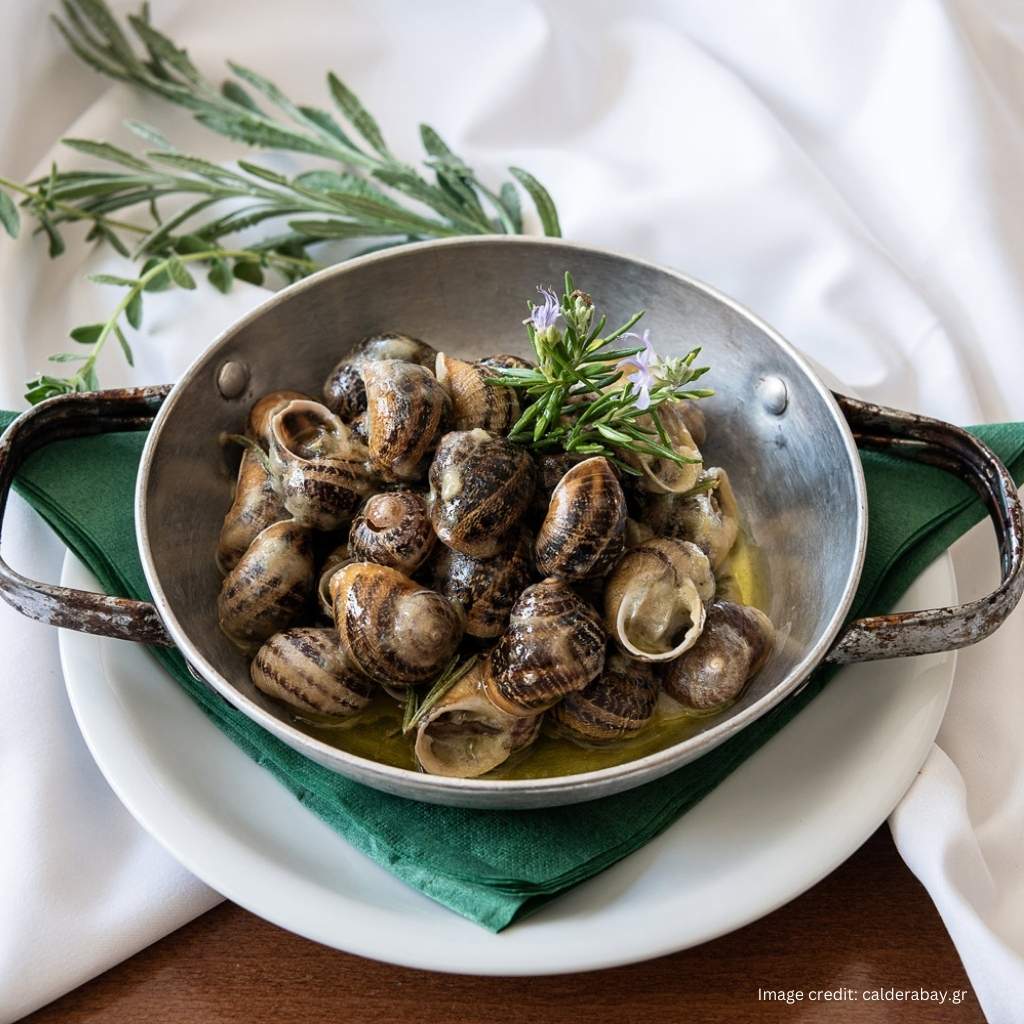
[11] Antikristo
This dish translates to “against Christ” and refers to the way the meat is traditionally prepared – skewered and roasted vertically over an open flame. The antikristo is a traditional Cretan method of roasting meat over an open fire, typically lamb or goat. On a rotating spit, meat is skewered on long wooden rods and placed around a circular metal frame. Slowly rotating the meat causes it to develop a crispy exterior while remaining tender and juicy inside. During celebrations and festivals in Crete, this centuries-old cooking technique is often used, filled with the aroma of roasting meat, enticing guests to gather and feast together.
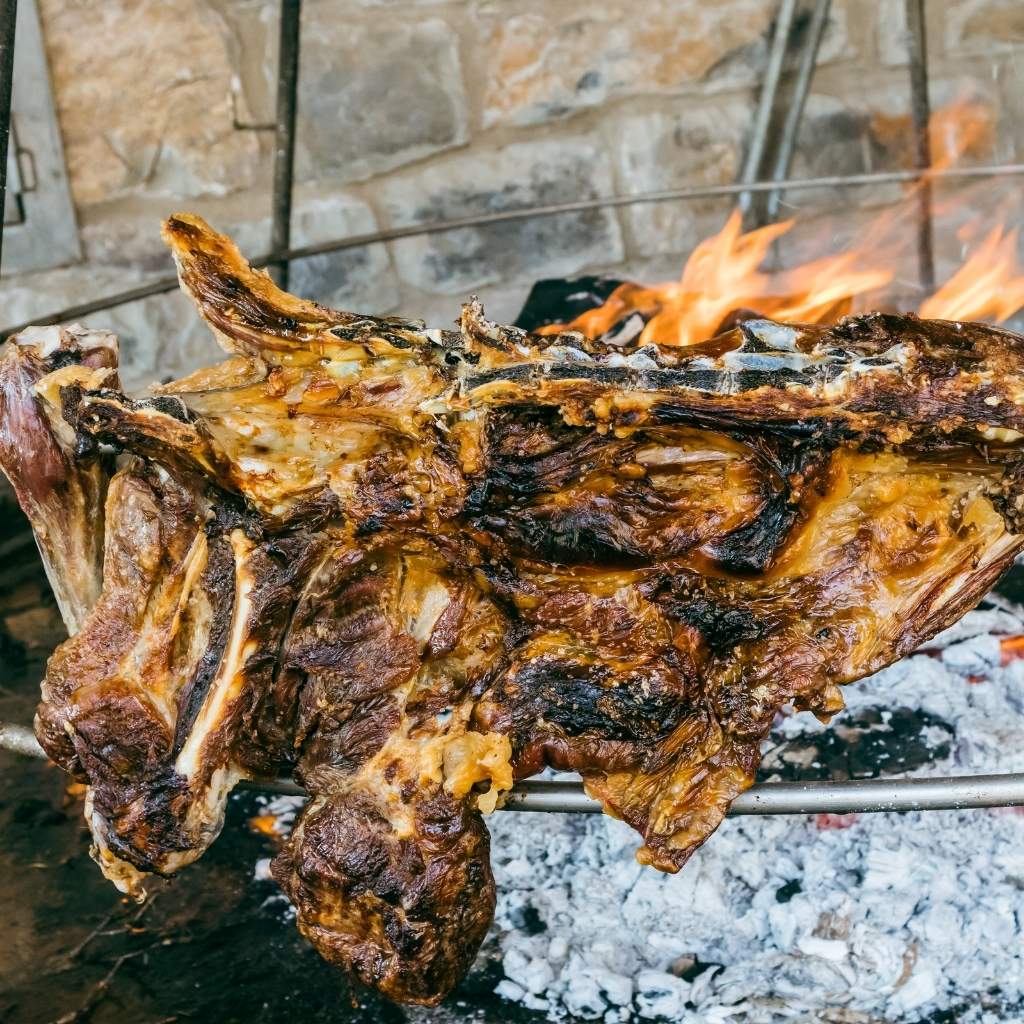
[12] Fava
A traditional Cretan dish, fava is made primarily from yellow split peas (Santorini fava beans). The peas are simmered until soft and then pureed with olive oil, resulting in a smooth and creamy texture. Lemon juice and onions are added to enhance the flavor, and capers and olive oil are often drizzled over the top.
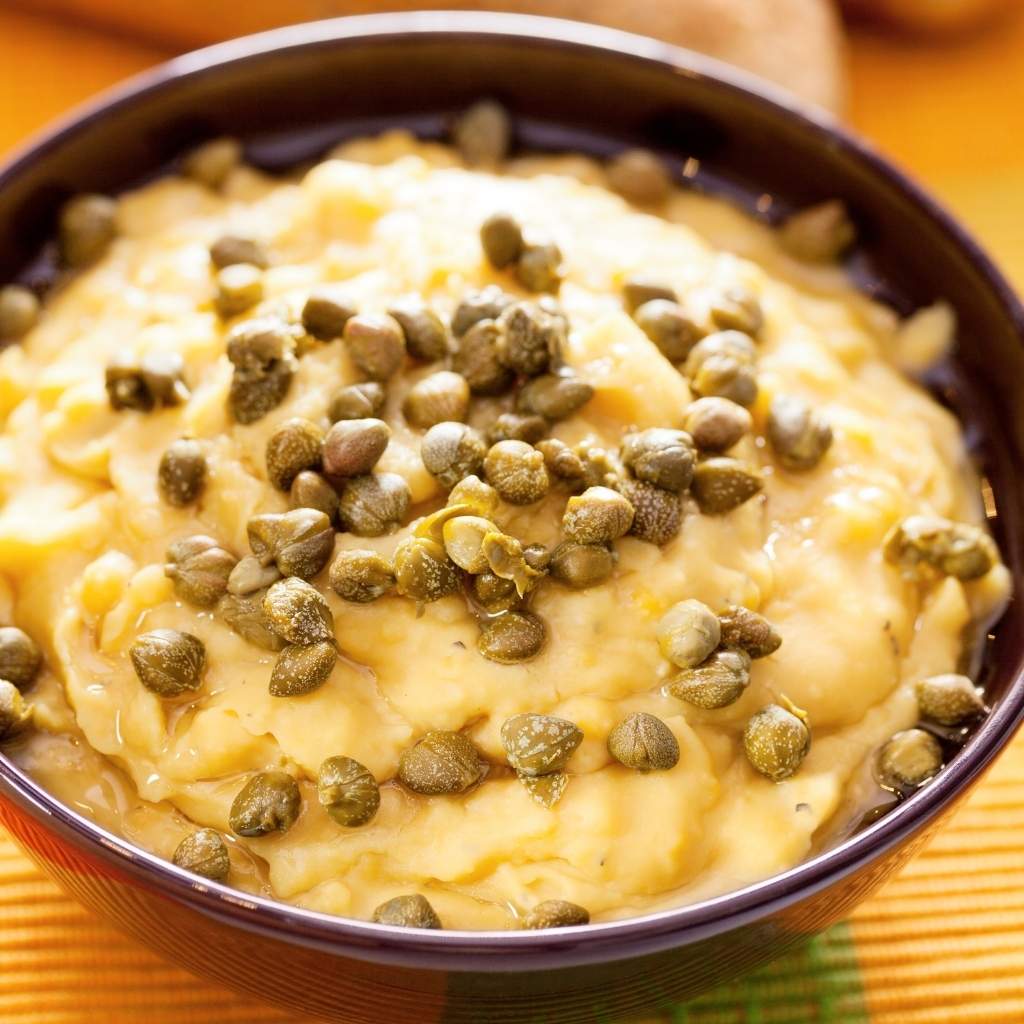
[13] Bourekia
The Bourekia is a savory Cretan pastry that is typically made from thin phyllo dough and filled with various ingredients such as cheese, minced meat, or vegetables. A thin sheet of dough is rolled out, filled with the desired filling, and folded into small parcels or triangles. The flaky crust and flavorful filling of Bourekia are often baked until golden and crispy to create a delightful contrast between textures.

[14] Mizithra Kaltsounia
These traditional Cretan pastries are filled with mizithra cheese, a fresh and creamy cheese made from sheep’s milk. It is made by rolling out the dough, cutting small circles, and filling it with mizithra cheese. It is sometimes flavored with cinnamon or orange zest. As the edges of the dough are folded over the filling, the kaltsounia are shaped into a half moon shape, and then baked until golden brown and crispy. With honey drizzled over them, they’re pure heaven.
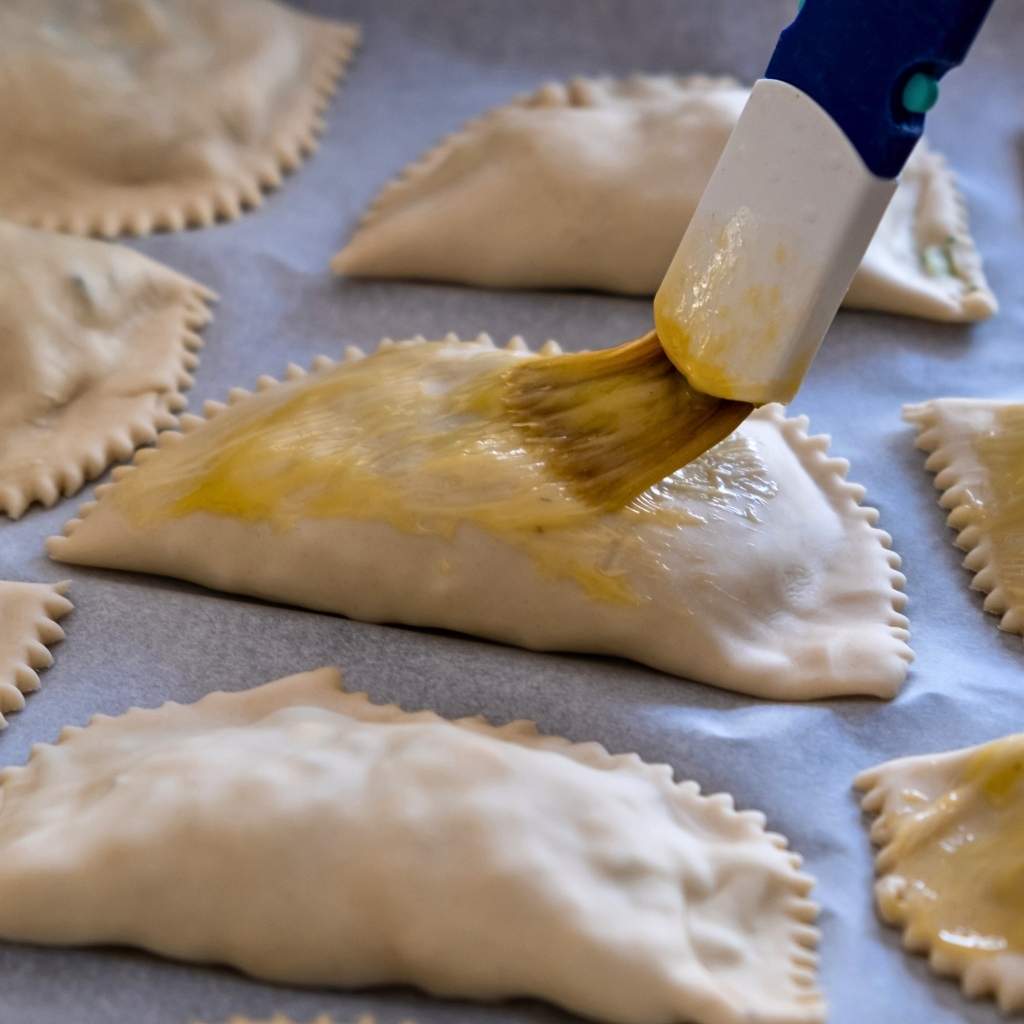
[15] Raki
No A Cretan culinary adventure is not complete without trying raki. A traditional Cretan alcoholic beverage, raki can also be referred to as tsikoudia or tsipouro elsewhere in Greece. Essentially, it is a clear spirit made from grape pomace, a residue left over after winemaking. There is a high alcohol content in raki, usually between 40% and 65% by volume. It is often served chilled in small glasses as an aperitif or digestive. It is a central part of Cretan hospitality, often served to guests as a welcome gesture or after a meal.

Bonus Tip
Try something new and step outside your comfort zone. There is much more to Cretan cuisine than these 15 dishes. Count on the locals for recommendations and discover hidden gems in villages and family-run taverns. Explore your taste buds and embrace the spirit of discovery!
From Grove to Table: A Celebration of Freshness
The Cretan cuisine isn’t all about culinary acrobatics or elaborate plating. This is about celebrating the inherent deliciousness of fresh, seasonal ingredients. A kaleidoscope of colors assaults your senses as you stroll through a vibrant farmers market. A burst of sweetness is promised by the ruby red tomatoes, their skins taut and glistening in the sun. Deep purple eggplants whisper of smoky roasted delights with their nearly black skin. The emerald green zucchini and plump, juicy peaches beckon to be transformed into culinary masterpieces by the Greek sun and fertile soil.
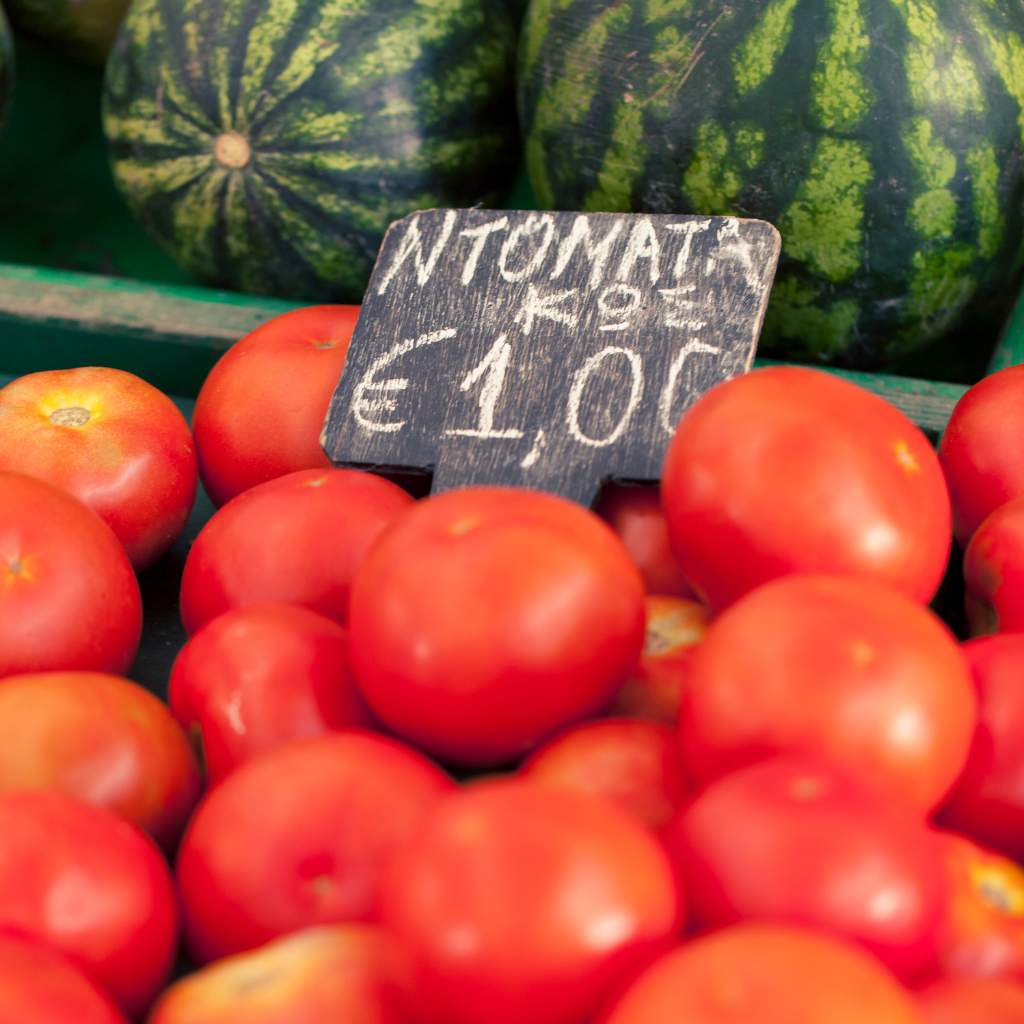
A Haven of Aroma: the Secrets of Greek Bakeries
No Cretan food exploration is complete without a trip to the local bakery. Intoxicating aromas of yeasty warmth and toasted sesame seeds entice you with the smell of freshly baked bread. Take a stroll inside and you’ll find a wonderland of sweet treats, pastries, and breads.
Beyond the Plate: A Culinary Journey Through Time
There’s more to food in Crete than just sustenance; it’s a journey through time. The flavors of each bite tell stories of ancient traditions, of generations who cultivated the land and passed on their culinary knowledge. Picture yourself seated around a table laden with meze (small plates) – a colorful display of Greek cuisine. While eating succulent grilled octopus, cool your palate with dollops of creamy tzatziki, a refreshing blend of yogurt, cucumber, and garlic.
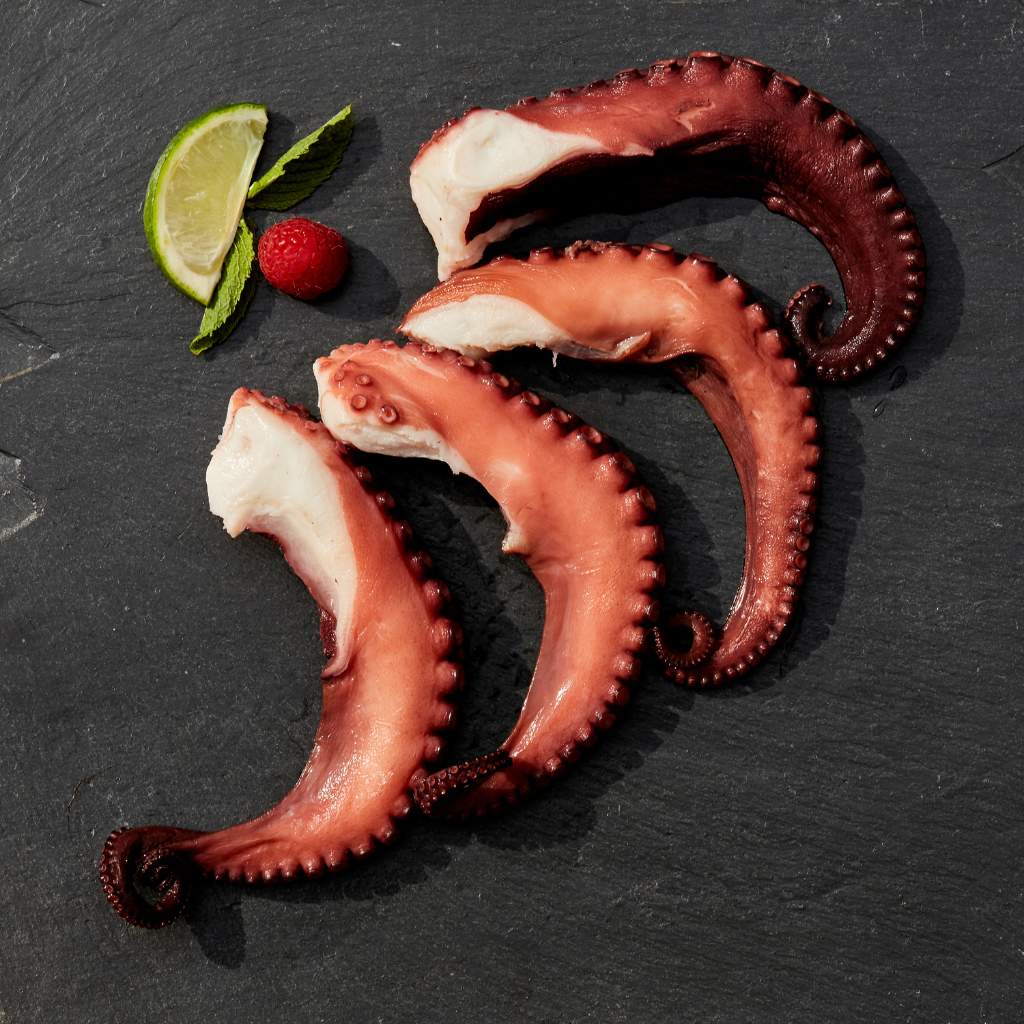
A Legacy of Hospitality: Sharing the Bounty with Friends
Food in Greece is more than sustenance; it’s a celebration of life, community, and shared experiences. Gatherings around a table laden with meze are more than just meals; they are social gatherings, opportunities to bond with loved ones. Take a moment to imagine yourself on a sun-drenched terrace with the Aegean Sea glistening in the distance. The clinking of glasses mingles with laughter as plates are passed around the table, each bite is an invitation to connect with each other.
Cooking Classes: the Culinary Secrets of Crete
For the truly adventurous, Crete offers a unique opportunity to explore the world of its cuisine. Taking cooking classes in a tavern or a local’s home allows you to uncover the secrets behind these age-old recipes. Imagine yourself kneading dough for traditional bread, guided by the calloused hands of a seasoned chef. You will learn the art of choosing the perfect ingredients, the subtle nuances of spicing, and time-honored techniques. By creating your own culinary masterpieces, you become a temporary custodian of this rich culinary heritage.
A Bite of Paradise: The Enduring Allure of Greek Food
Crete is more than just a place; it’s a sensory experience. Intoxicating scents of olive groves, turquoise waters lapping at the shore, and the warmth of the sun create a magical atmosphere. Food, however, is what truly binds it all together. You can taste the history, culture, and generosity of the Greek people in every bite.
Come and embark on your own Cretan odyssey. Discover bustling markets, savor sun-kissed flavors, and let the food transport you to a land where ancient traditions meet modern tastes.
Kali orexi (good appetite)!
Disclaimer:
This blog may contain affiliate links. At no extra cost to you, we may get a small commission if you buy anything. All products and services we endorse have been personally used or come highly recommended to us. These incomes allow us to keep the community supported and ad-free.

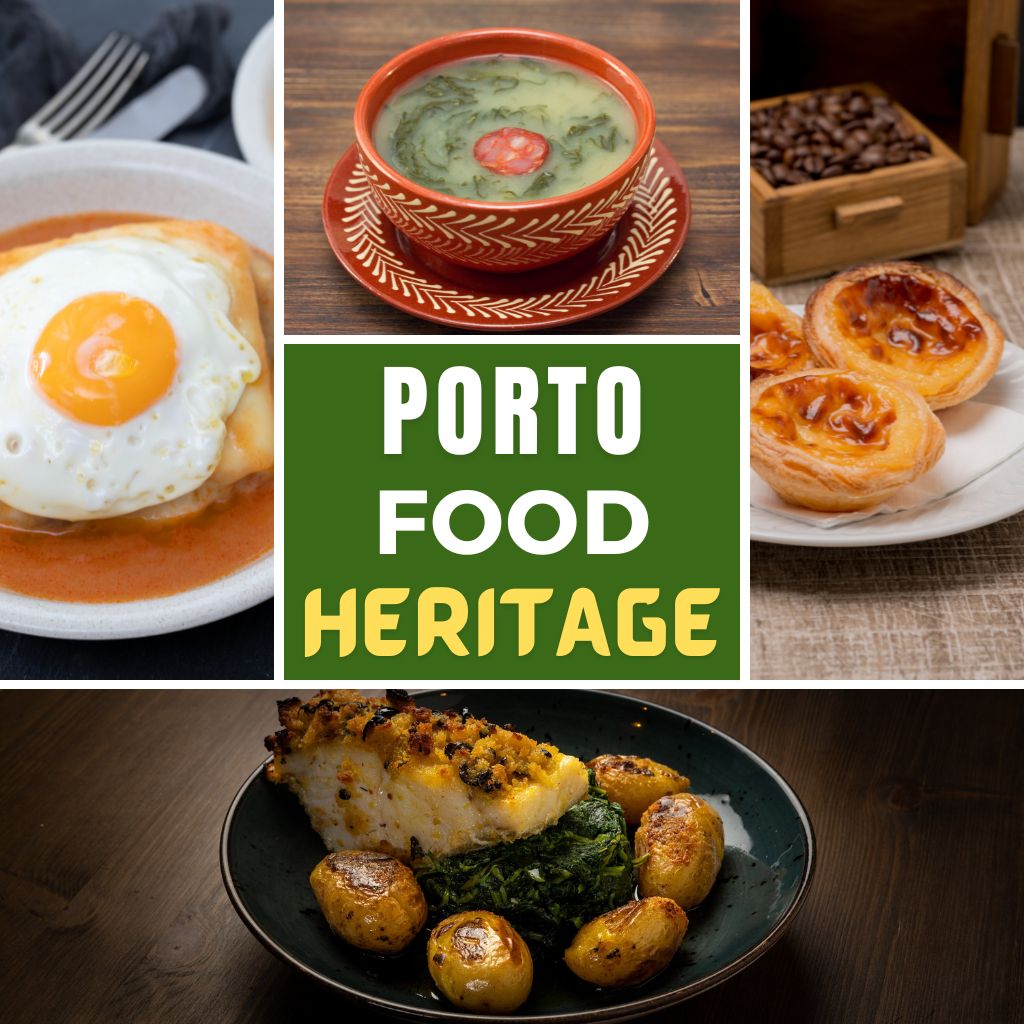
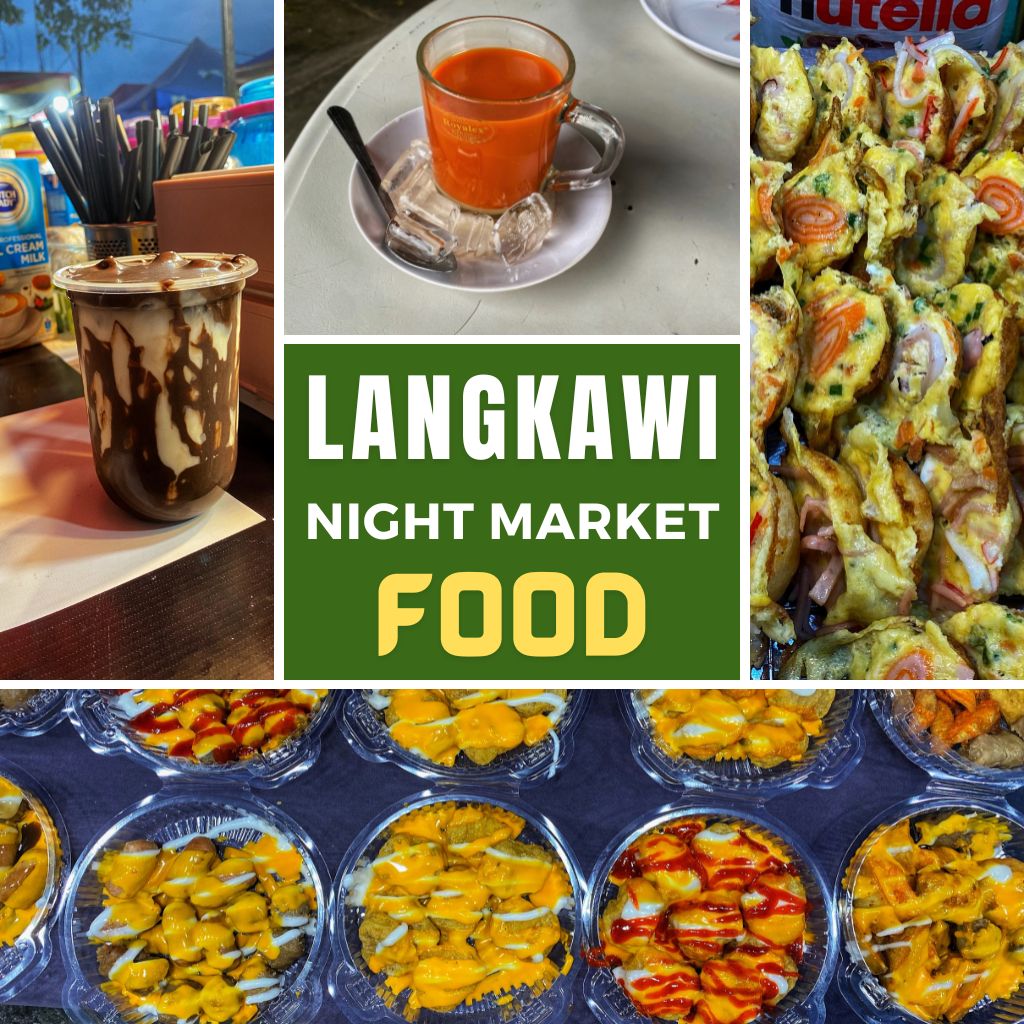
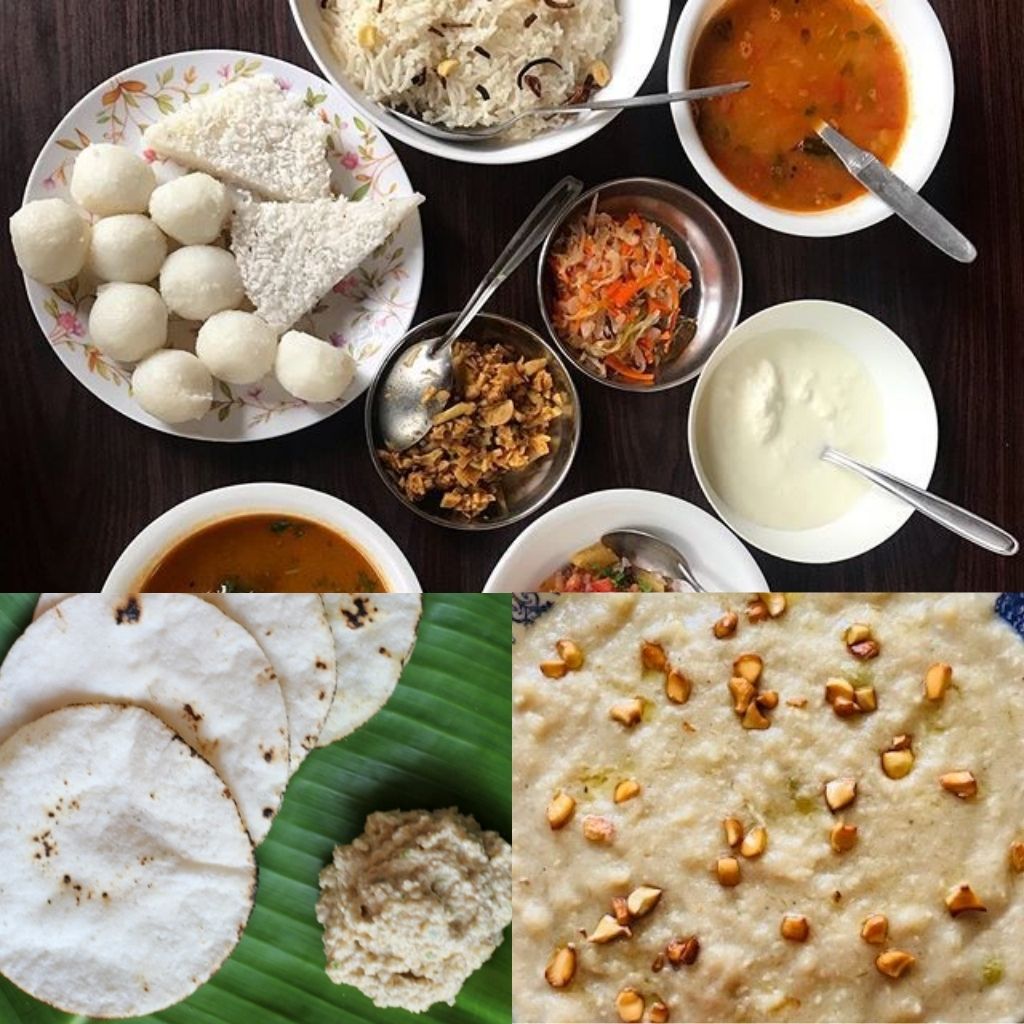

Add a Comment